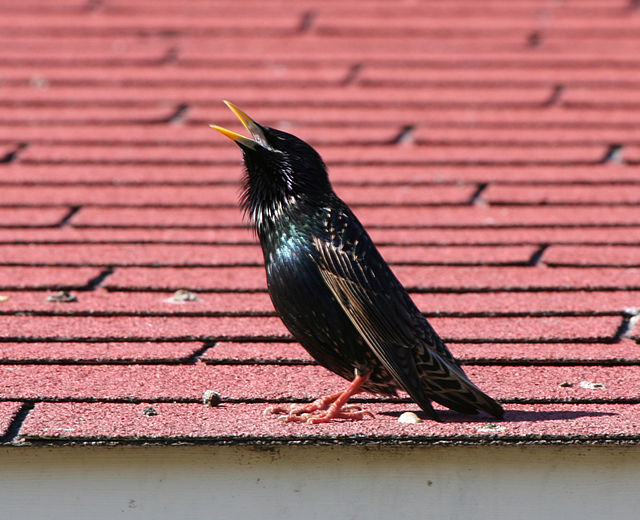Within evolutionary biology, signalling theory is a body of theoretical work examining communication between individuals, both within species and across species. The central question is when organisms with conflicting interests, such as in sexual selection, should be expected to provide honest signals rather than cheating. Mathematical models describe how signalling can contribute to an evolutionarily stable strategy.
By stotting (also called pronking), a springbok (Antidorcas marsupialis) signals honestly to predators that it is young, fit, and not worth chasing.
Eurasian jay, Garrulus glandarius, gives honest signals—loud alarm calls—from its tree perch when it sees a predator.
The yellow-banded poison dart frog, Dendrobates leucomelas, gives an honest signal of its toxicity to warn off predators and reduce the frog's risk of injury.
Male fiddler crab, in the family Ocypodidae, signals with its enlarged fighting claw, but weak regrown claws may be dishonest signals.
Animal communication is the transfer of information from one or a group of animals to one or more other animals that affects the current or future behavior of the receivers. Information may be sent intentionally, as in a courtship display, or unintentionally, as in the transfer of scent from predator to prey with kairomones. Information may be transferred to an "audience" of several receivers. Animal communication is a rapidly growing area of study in disciplines including animal behavior, sociology, neurology and animal cognition. Many aspects of animal behavior, such as symbolic name use, emotional expression, learning and sexual behavior, are being understood in new ways.
Great egret (Ardea alba) in a courtship display communicating the desire to find a mate.
Two killer whales navigating around a seal (prey).
Bird calls can serve as alarms or keep members of a flock in contact, while the longer and more complex bird songs are associated with courtship and mating.
An alert motionless groundhog whistles when alarmed to warn other groundhogs.








